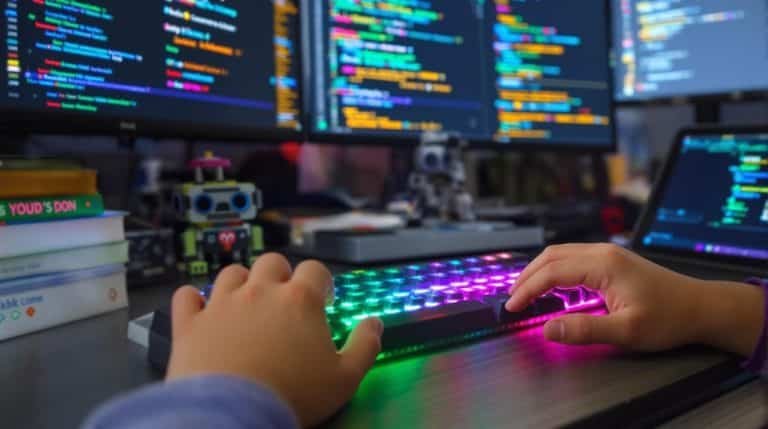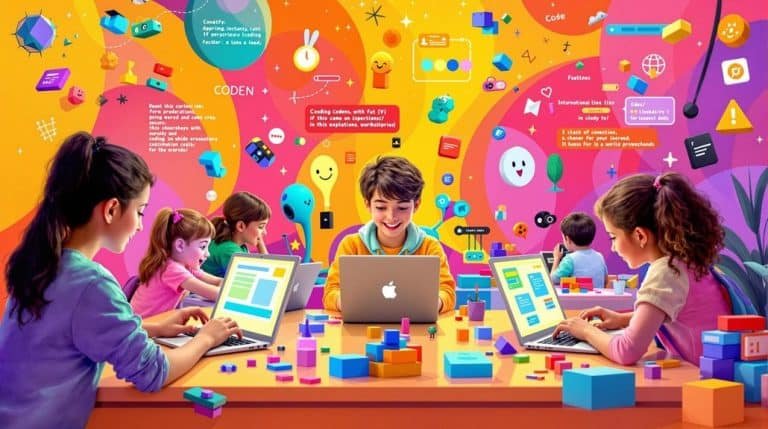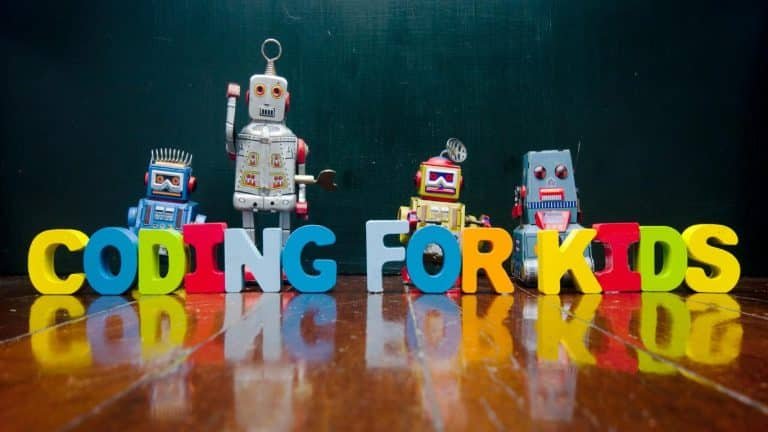Block coding transforms programming into a visual experience where you’ll manipulate colorful, drag-and-drop blocks representing code commands, eliminating syntax errors that frustrate beginners aged 5-16. This approach, developed by MIT, replaces complex text with graphical elements that enhance cognition and logical thinking. Popular platforms like Scratch and Code.org provide immediate feedback, making abstract concepts tangible while reducing cognitive load. These visual environments foster computational thinking through engaging challenges, and understanding their full potential reveals surprising educational affordances.
Understanding the Basics of Block Coding
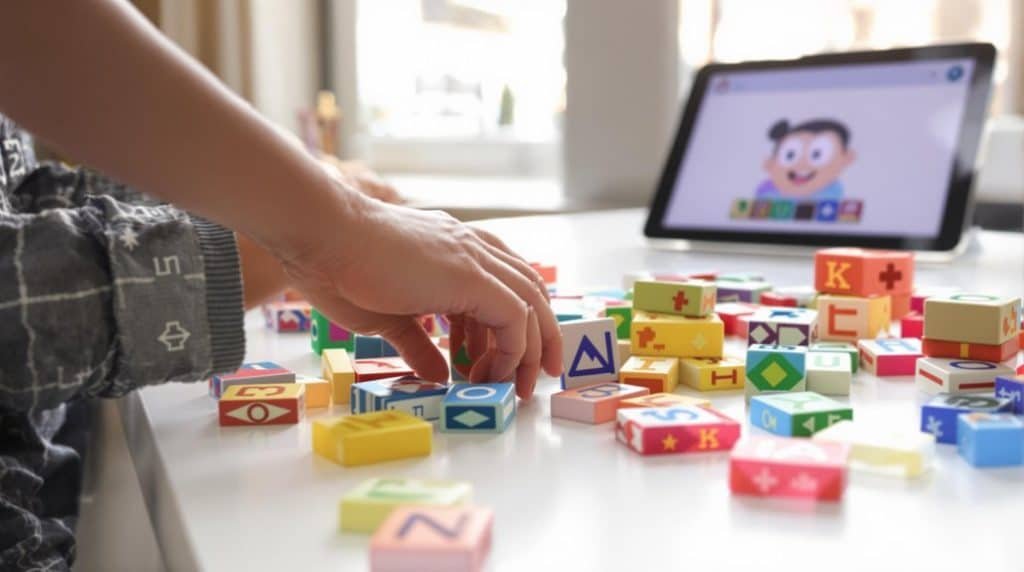
Block coding transforms the traditional programming experience into an interactive, visual process where children manipulate graphical elements instead of typing complex syntax. This method was developed by MIT to make coding more accessible and remove barriers for learners of all ages. Coding robots provide an excellent backdrop for practicing block coding skills, enhancing engagement and understanding further.
Block coding replaces complex syntax with interactive visual elements that children can manipulate like digital puzzle pieces.
You’ll find that each colorful block represents specific programming commands, which snap together like puzzle pieces to create functional programs. This approach eliminates syntax errors that often frustrate beginners, particularly children aged 5-16, while developing their computational thinking skills.
For example, platforms like Scratch use shape-coded blocks to distinguish between motion commands, loops, and conditional statements.
The visual nature of block coding enhances cognition by providing immediate feedback, making abstract programming concepts tangible and accessible for young learners.
How Block Coding Works in Practice
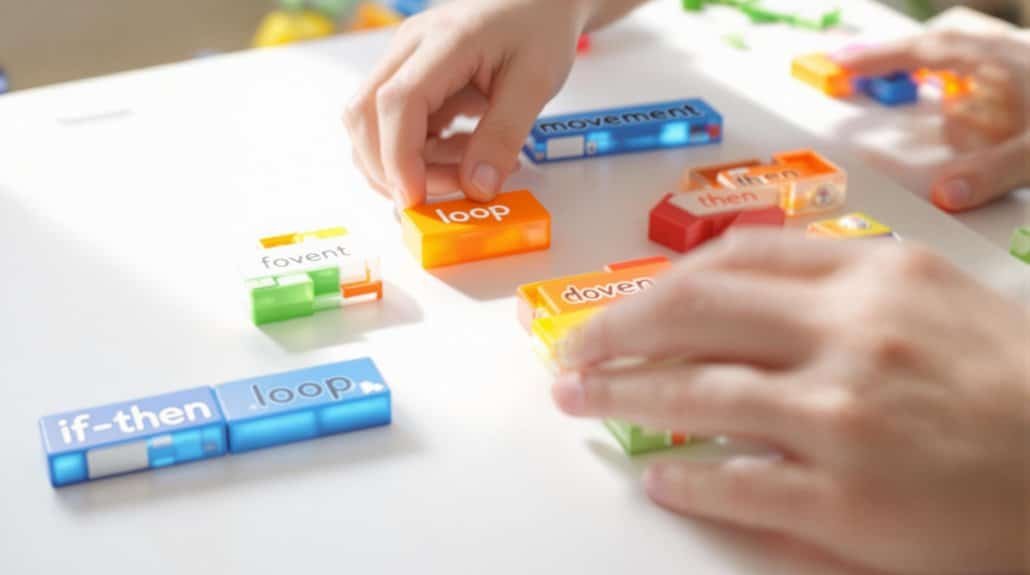
When children open their first block coding platform, they’re greeted by an organized workspace featuring colorful command blocks, a central programming area, and a preview stage where their creations come to life.
As they drag pre-coded blocks from menus and snap them together, the visual interface eliminates syntax errors while teaching logical thinking patterns. Each block contains real code that gets executed when the program runs, making the connection between visual elements and actual programming concepts clear. The system instantly converts these assembled blocks into executable commands, allowing immediate testing and debugging through real-time feedback.
This hands-on approach reduces cognitive load, enabling learners aged 5-16 to experiment freely, modify programs effortlessly, and understand computational concepts through interactive trial and error.
Popular Block Coding Platforms and Tools
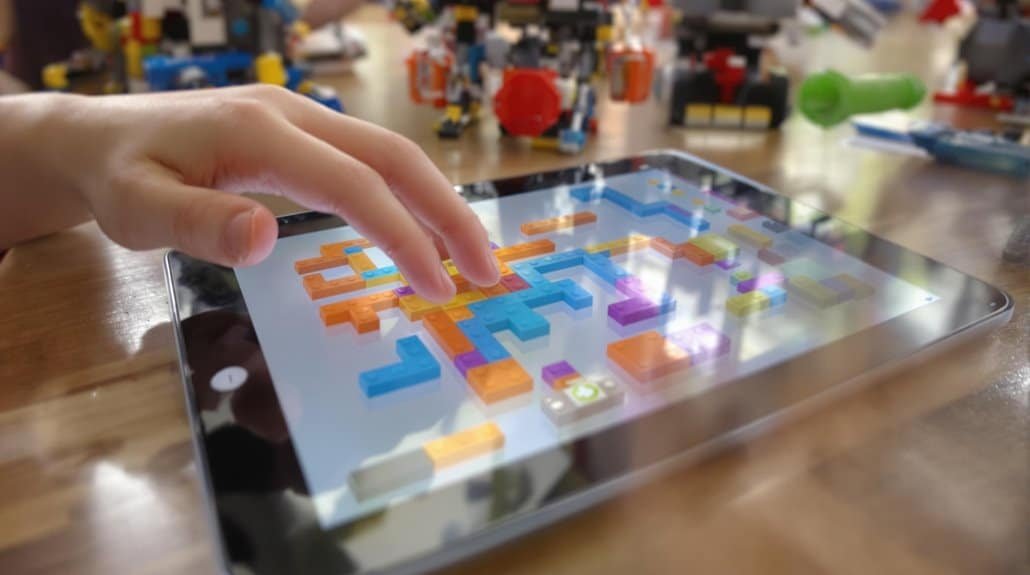
The landscape of visual programming tools offers numerous platforms designed to introduce computational thinking through intuitive, drag-and-drop interfaces that transform abstract coding concepts into tangible learning experiences.
You’ll find educational platforms like Scratch and Code.org serving millions of learners aged 5-16, providing free resources that enhance cognitive development through creative expression.
For hardware integration, platforms such as LEGO Mindstorms and mBlock enable children to program physical robots, strengthening spatial reasoning and problem-solving skills.
Additionally, specialized tools like Unreal Engine Blueprints offer advanced affordances for older students (14-18) interested in game development, bridging recreational interests with professional applications.
These visual programming environments share fundamental principles with no-code platforms, which similarly empower non-technical users to create functional applications without traditional coding expertise.
Benefits and Challenges of Block-Based Programming
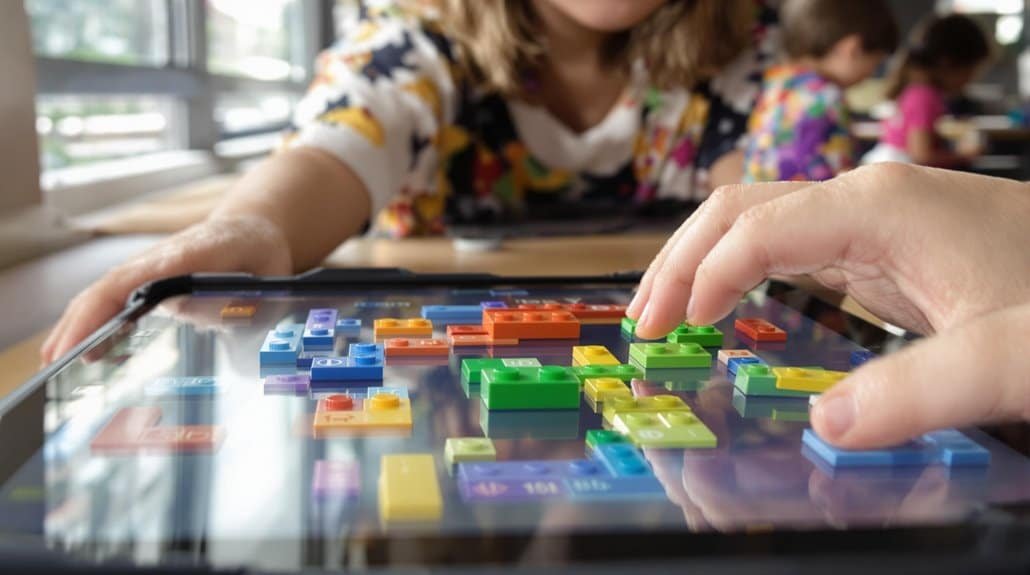
Understanding the pedagogical value and limitations of visual programming environments requires examining how these tools shape children’s cognitive development and future programming capabilities.
Block-based programming offers significant educational benefits while presenting certain constraints:
- Cognitive Development: Your child develops computational thinking, problem-solving abilities, and logical reasoning through immediate visual feedback. The drag-and-drop interface eliminates complex syntax barriers that often discourage beginners from pursuing programming. Additionally, coding encourages critical thinking through engaging problem-solving challenges.
- Accessibility Advantages: Starting at age 5, learners focus on creativity rather than syntax memorization, reducing frustration.
- Shift Challenges: However, advanced projects require text-based languages, and overreliance on blocks may delay typing fluency.
Research demonstrates that students using block coding perform equally well after moving to Java, making these tools valuable stepping stones.
Frequently Asked Questions
What Age Is Appropriate to Start Learning Block Coding?
You can start learning block coding as early as age 5. Most children between 5-7 have developed the motor skills and logical thinking needed to drag and drop blocks, making this the ideal starting age.
How Long Does It Take to Master Block Coding Basics?
You’ll grasp block coding basics in 10-20 hours of focused practice. With structured lessons and regular sessions over 4-6 weeks, you’ll master fundamental operations, logic structures, and simple program assembly through interactive platforms.
Can Block Coding Skills Transfer to Text-Based Programming Languages?
Yes, your block coding skills definitely transfer to text-based programming. You’ll carry over logical thinking, problem-solving abilities, and understanding of concepts like loops and conditionals. While you’ll need to learn syntax, the foundational programming logic remains the same.
Is Block Coding Only for Children or Also Suitable for Adults?
Block coding isn’t just for children—you’ll find it’s equally suitable for adults. Whether you’re switching careers, learning programming basics, or prototyping ideas, you can benefit from its visual, beginner-friendly approach to understanding coding concepts.
What Careers Can Benefit From Learning Block Coding First?
You’ll benefit from learning block coding first in software engineering, teaching, data science, and game design careers. It’s particularly valuable if you’re pursuing educational technology, automation roles, or multimedia development where visual programming concepts matter.
Conclusion
You’ve discovered that block coding transforms complex programming concepts into visual, drag-and-drop experiences that enhance children’s computational cognition. By eliminating syntax errors and providing immediate visual feedback, these platforms create developmentally appropriate affordances for learners aged 5–16. Whether your child uses Scratch, Blockly, or robot-specific apps, they’ll build logical reasoning skills through engaging, hands-on programming. Block coding bridges the gap between abstract concepts and concrete understanding, preparing young minds for advanced computational thinking.


